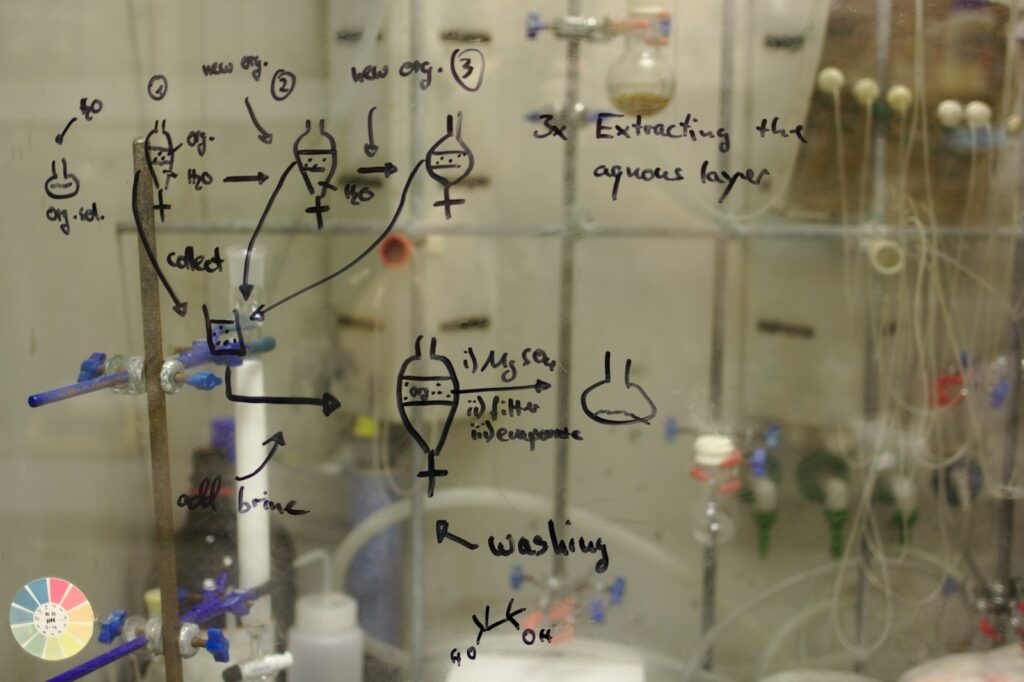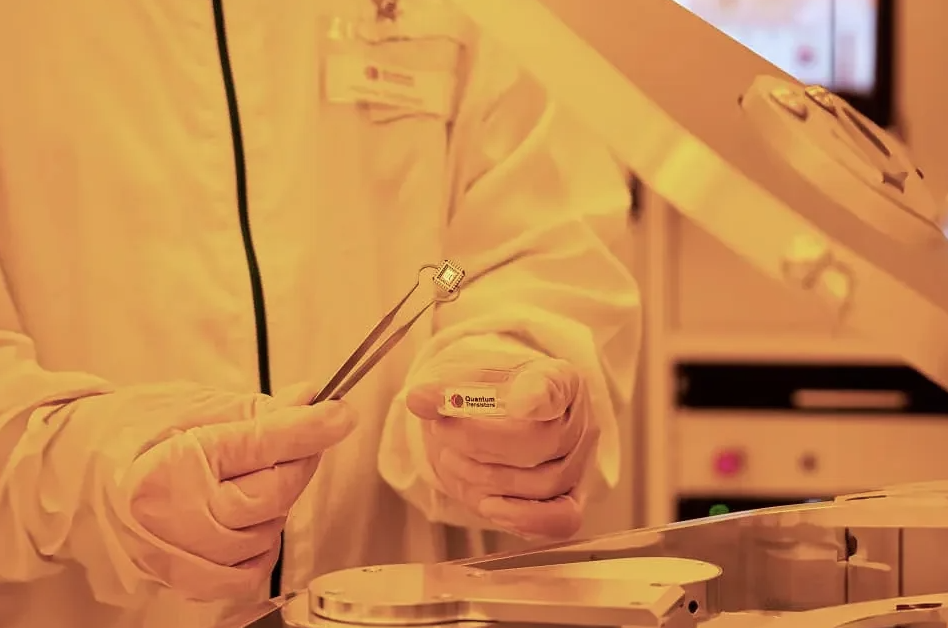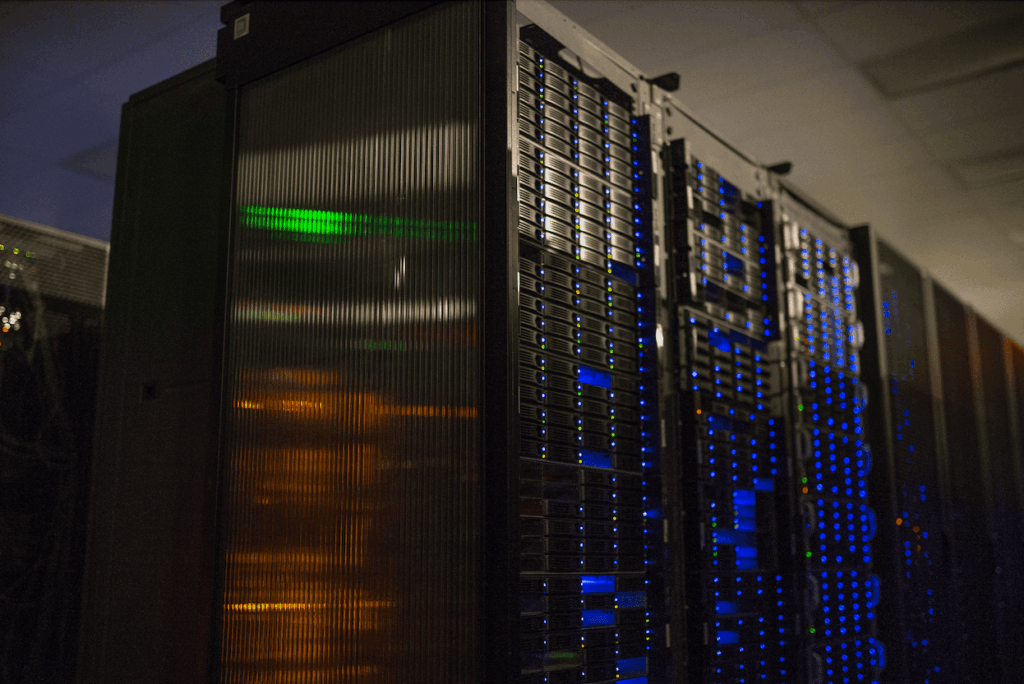Insider Brief
- Chinese researchers demonstrated a new method for quantum computational fluid dynamics (QCFD) that uses a hybrid quantum-classical approach, achieving efficient simulations of fluid flows on superconducting quantum computers.
- The study’s custom “Iterative-QLS” solver combines error suppression with quantum linear equations, allowing for more accurate simulations and paving the way for larger, complex fluid dynamics models.
- Though still in the experimental phase, this quantum CFD approach could one day enhance high-speed aerospace technologies, including hypersonic flight, by simulating complex aerodynamic challenges more efficiently than classical methods.
China’s researchers are exploring the potential of quantum computing for fluid dynamics, aiming to unlock advanced simulations and, while still in the experimental stage, could eventually have implications for hypersonic technology.
In a new study published online in Computer Methods in Applied Mechanics and Engineering, a team from various Chinese institutions, backed by Origin quantum computer, used a superconducting quantum computer to demonstrate how quantum computational fluid dynamics (QCFD) can be used to simulate fluid flows with unprecedented efficiency.
The research uses a new technique combining quantum and classical computing to simulate fluid flows, specifically addressing the limitations of traditional computing methods that have struggled with the increasing demands of computational fluid dynamics (CFD). By adapting CFD processes to leverage quantum hardware, this approach could provide insights into more complex aerodynamic challenges, including the critical area of hypersonics.

Custom Iterative Solver
The study introduces a method that utilizes quantum linear solvers (QLS) — algorithms that can exponentially speed up solutions to equations central to fluid dynamics models. The team developed a specialized method that repeatedly adjusts calculations to get closer to an accurate answer — referred to as a custom iterative solver in the study, or “Iterative-QLS” — that could advance calculations, as well as mitigate computational errors. The scientists report that the method did manage to suppress computational errors common in quantum systems, which are notoriously difficult to control on current quantum devices.
Using this solver, the researchers achieved simulations of Poiseuille flow and acoustic wave propagation, fundamental fluid dynamics scenarios that offer early indicators of the approach’s efficacy. In a test of Poiseuille flow, the quantum simulation maintained a relative error rate of below 0.2%, while the acoustic wave simulation tackled a 5043-dimensional matrix, which hints at the potential of quantum systems to handle extremely complex simulations.
Hybrid Approach
The team conducted these experiments using superconducting quantum computers, a platform that relies on superconducting circuits to perform quantum operations. These experiments utilized what is called a “hybrid approach,” where quantum systems tackle computational bottlenecks while classical systems manage less intensive calculations, creating a more scalable solution adaptable to the limited capacity of current quantum hardware.
Central to this method is a technique known as a subspace method, which allows the researchers to divide large fluid dynamics problems into smaller, manageable parts. This partitioning enables simulations to fit within the current limits of quantum processors, making it feasible to simulate larger and more intricate flow patterns without overwhelming the hardware.
The iterative process used in the aforementioned Iterative-QLS corrects errors gradually, enhancing accuracy by recalibrating calculations throughout the simulation.
Implications for Hypersonic Applications
This work’s implications are significant for aerospace technology, where understanding fluid dynamics at extreme speeds, such as those encountered in hypersonic flight, is crucial. Hypersonic technology involves speeds over Mach 5, where shock waves, high temperatures, and complex flow interactions become exceptionally challenging to predict with traditional CFD methods. Quantum-based CFD approaches could break down these barriers by reducing the computational load required to model these scenarios, providing insights that are out of reach for classical computers.
Although the study does not directly tackle hypersonic flight scenarios, the methods lay the groundwork for future applications in that domain. If scaled successfully, quantum-enhanced CFD could become a powerful tool in designing hypersonic vehicles, helping engineers to predict behaviors that have historically required prohibitively expensive computing resources.
In a post on The China Academy Substack, which reports on developments in China, the authors focus on this research as a potential path toward increasing the lead China has in hypersonic weaponry.
They write: “China currently enjoys a sizable advantage over its global competitors in hypersonic weapon systems, with the speed of DF-17 missiles reaching Mach 10, which is 10 times the speed of sound. The key to develop such advanced hypersonic missiles and aircrafts is to understand and predict the complicated aerial fluid dynamics at high velocity, which increasingly relies on computer simulation. Computational fluid dynamics (CFD) is crucial in aerospace, automotive, and shipbuilding, significantly impacting the design of aircraft, vehicles, and vessels. Increased computing power accelerates product development cycles and reduces design costs. However, traditional supercomputers struggle to meet the growing demands for computational scale, precision, and speed.”
Limitations
The study offers several limitations. One of the major constraints is the limited number of qubits available in today’s quantum computers. Qubits are the quantum equivalent of classical bits but with the unique ability to exist in multiple states simultaneously, a property that allows quantum computers to process complex calculations more efficiently than traditional systems. However, quantum processors today still have a relatively low qubit count and are prone to errors, creating what researchers call the “noisy intermediate-scale quantum” (NISQ) problem.
This noise, or error, can significantly affect calculations, as quantum computers operate in an inherently unstable environment. Researchers in this study addressed the issue by developing error suppression techniques, such as the iterative method in Iterative-QLS, but these methods may fall short of the error-free calculations necessary for large-scale, high-fidelity simulations.
Future Directions
The team views this research as a preliminary step toward practical QCFD applications in real-world scenarios. Looking forward, researchers could refine the error suppression methods further, which would improve the reliability of quantum simulations. This might include exploring newer algorithms that are more resistant to the noise issues that plague NISQ devices, potentially incorporating error-correcting qubits in future quantum processors.
Additionally, future research will likely focus on expanding the quantum-classical hybrid model. Researchers could, for example, improve the efficiency of classical-quantum data exchange, making it smoother and less time-consuming. If successful, this approach could lead to broader CFD applications, including more realistic simulations that consider three-dimensional, unsteady flows relevant to hypersonic speeds.
Ultimately, as quantum hardware evolves, researchers expect to tackle larger simulations, unlocking capabilities that could help develop technologies in areas as diverse as aerospace, automotive, and climate science. The ability to model high-speed fluid dynamics with precision and reduced computational cost could offer significant advantages, making formerly unattainable engineering designs feasible.
The study involved a collaboration between the Institute of Artificial Intelligence at Hefei Comprehensive National Science Center, Origin Quantum Computing Technology, the China Academy of Aerospace Aerodynamics, the Chinese Aeronautical Establishment, Xi’an Aeronautics Computing Technique Research Institute, and several departments and key laboratories at the University of Science and Technology of China, including the Department of Modern Mechanics, the CAS Key Laboratory of Quantum Information, and the CAS Key Laboratory of Mechanical Behavior and Design of Materials. Additionally, researchers from the Laboratory for Advanced Computing and Intelligence Engineering in Zhengzhou contributed to the findings.


















